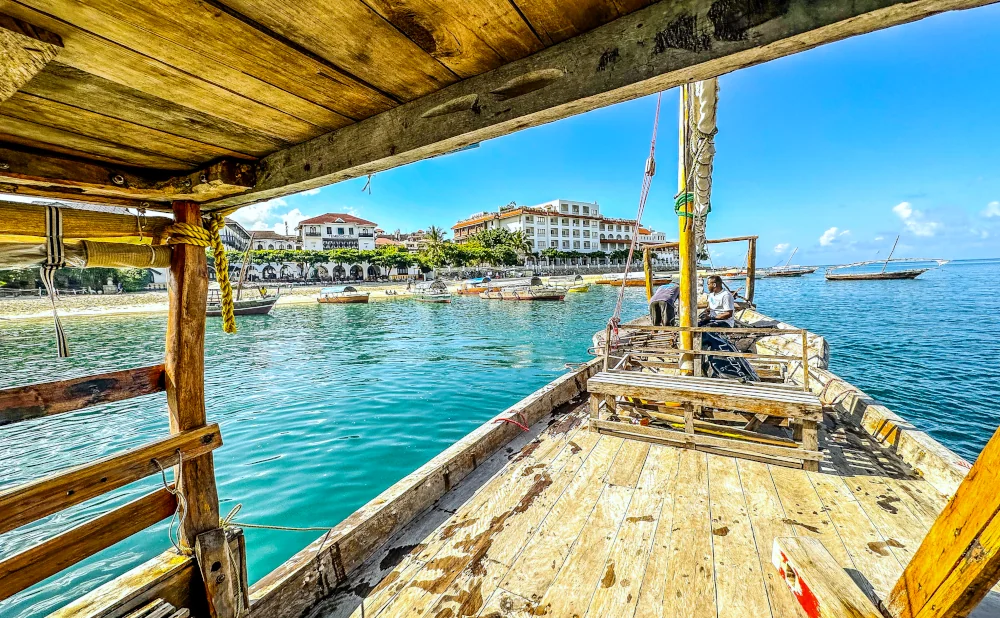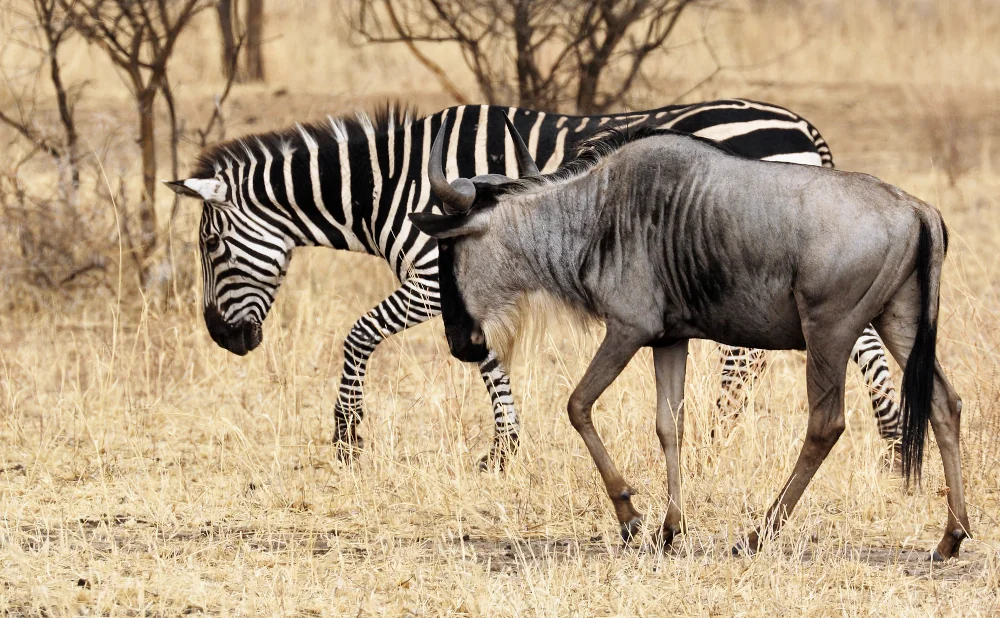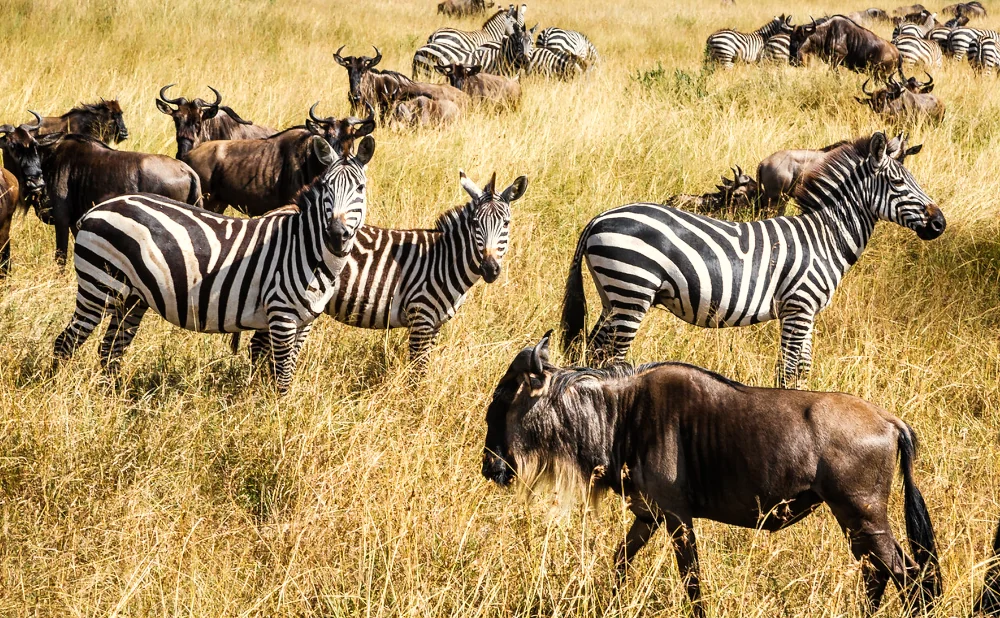what to wear on a safari in tanzania:
Embarking on a safari in Tanzania is an adventure of a lifetime. With its breathtaking landscapes, diverse wildlife, and rich cultural heritage, Tanzania offers an unparalleled safari experience. The anticipation of seeing the Big Five, witnessing the Great Migration, or simply soaking in the vast savannahs is enough to make anyone excited. However, knowing what to wear can significantly enhance your comfort and enjoyment during this unforgettable journey. The right attire not only ensures comfort but also adds an element of practicality and safety to your adventure.
Understanding the Tanzanian Climate
Before we dive into wardrobe specifics, it's essential to understand the Tanzanian climate. Tanzania experiences two main seasons: the dry season (June to October) and the wet season (November to May). During these periods, the climate can vary drastically depending on the region and time of day. Temperatures can vary greatly between day and night, so layering is key to staying comfortable. In addition, the country's varied topography means that highlands and coastal areas can have different weather patterns.
During the dry season, days are generally warm and sunny, while nights can be chilly, especially in the highlands. The dry season is often considered the best time for wildlife viewing as animals gather around water sources. In the wet season, expect occasional rainfall and higher humidity levels, but wildlife viewing remains excellent. The lush landscapes during this time create spectacular scenery and are perfect for photography enthusiasts.
Essential Safari Outfits in Tanzania
When planning your safari outfits in Tanzania, prioritize comfort, functionality, and adaptability. Clothing that can be easily layered, mixed, and matched will serve you well. Here are some essential clothing items to consider:
Lightweight and Breathable Fabrics
Opt for lightweight, breathable fabrics such as cotton, linen, or moisture-wicking materials. These fabrics help regulate body temperature and keep you comfortable during long game drives. The natural fibers allow your skin to breathe, reducing the risk of overheating. Avoid synthetic materials that may cause discomfort in the heat, as they can trap moisture and lead to irritation.
Neutral and Earthy Tones
Choosing the right colors for your safari outfits is crucial. Stick to neutral and earthy tones like khaki, olive, and beige. These colors blend well with the natural surroundings and minimize disturbances to wildlife. Bright colors can distract animals and may not be ideal for blending into the environment. Additionally, they help conceal dirt and dust, keeping you looking fresh throughout the day. This is particularly useful for those long days spent in the bush.
Long-Sleeved Shirts and Trousers
Long-sleeved shirts and trousers offer protection from the sun, insects, and thorny bushes. They also provide an extra layer of warmth during cooler mornings and evenings. Opt for convertible trousers that can be turned into shorts if needed. This versatility allows you to adjust to the climate as the day progresses, ensuring maximum comfort.
Comfortable Footwear
Sturdy, comfortable footwear is a must for any safari adventure. Choose closed-toe shoes or boots with good grip and ankle support. The terrain can be uneven and rocky, so proper footwear reduces the risk of injury. Avoid sandals or flip-flops, as they provide little protection against the rugged terrain and potential encounters with insects or sharp objects.
Sun Protection
The African sun can be intense, so sun protection is vital. Pack a wide-brimmed hat, sunglasses with UV protection, and a high-SPF sunscreen. Protecting your skin from harmful UV rays is crucial for maintaining good health during your trip. A lightweight scarf or bandana can also shield your neck and face from the sun. These items are small but can make a significant difference in your comfort level.
Specialized Safari Gear
In addition to basic clothing, consider these specialized safari gear items to enhance your experience. These items can provide added convenience and allow you to fully immerse yourself in the adventure.
Binoculars and Cameras
A good pair of binoculars and a camera with a zoom lens are essential for wildlife viewing and capturing memorable moments. Being prepared to document your journey ensures you can relive the experience long after it ends. Ensure your camera has enough memory and battery life to last the entire trip. Investing in additional storage and portable chargers can be a lifesaver.
Insect Repellent
Tanzania is home to a variety of insects, including mosquitoes. Protect yourself by applying insect repellent regularly, especially during dawn and dusk when mosquitoes are most active. Malaria is a concern in some areas, so taking preventive measures is wise. Consider packing a mosquito net for additional protection, particularly if you're camping or staying in open accommodations.
Waterproof Gear
If you're visiting during the wet season, pack a lightweight, waterproof jacket and a rain cover for your backpack. These items will keep you dry during unexpected showers. The weather can change rapidly, and having waterproof gear ensures your belongings remain safe and dry. It's a small investment that can greatly enhance your comfort.
Daypack
A small, comfortable daypack is ideal for carrying essentials such as water, snacks, sunscreen, and your camera. Look for a pack with adjustable straps and multiple compartments for easy organization. A well-organized daypack means you can access your essentials quickly without rummaging around. This convenience allows you to focus more on the safari experience.
Dressing for Special Safari Activities
Tanzania offers a range of safari activities beyond game drives, each requiring specific attire. Dressing appropriately for each activity ensures you can fully enjoy the experience without any hindrances.
Walking Safaris
For walking safaris, wear sturdy, comfortable shoes and lightweight, breathable clothing. Long trousers and sleeves provide extra protection against insects and thorny vegetation. Being prepared for physical activity ensures you can focus on the incredible sights and sounds of the bush. Carrying a walking stick can also provide additional support on uneven terrain.
Hot Air Balloon Safaris
Dress warmly for early morning hot air balloon safaris, as temperatures can be chilly. Layers are key, as the temperature will rise as the sun comes up. A light jacket or fleece can be easily removed as it warms. This once-in-a-lifetime experience is best enjoyed when you're comfortable and can concentrate on the breathtaking views.
Cultural Visits
If you plan to visit local villages or communities, dress modestly and respectfully. Avoid revealing clothing and opt for longer skirts or trousers. Demonstrating respect for local customs enriches your cultural experience. A scarf or shawl can be useful for covering your shoulders. Engaging with local communities can offer profound insights into Tanzanian life and culture.
Packing Tips for Your Tanzanian Safari
Efficient packing can make your safari experience more enjoyable. Being organized and prepared allows you to focus on the adventure rather than logistical concerns. Here are some tips to help you pack smartly:
Limit Your Luggage
Safari vehicles often have limited space, so pack only the essentials. A soft-sided duffel bag is ideal for fitting into tight spaces. Overpacking can hinder your mobility and make it difficult to access items you need. Keep your daypack handy for items you'll need during game drives. This ensures you're always prepared for whatever the day may bring.
Layer Your Clothing
Layering is the key to adapting to changing temperatures throughout the day. Bring a mix of short and long-sleeved shirts, as well as a warm fleece or jacket for cooler evenings. This flexibility allows you to adjust your attire as the weather shifts, ensuring you remain comfortable. Layering also helps conserve space in your luggage.
Organize with Packing Cubes
Packing cubes are a great way to keep your clothing organized and easily accessible. Use them to separate different types of clothing and accessories, making it easy to find what you need. This organization saves time and reduces stress, allowing you to enjoy your safari to the fullest. Packing cubes also help maximize the space in your luggage.
Final Thoughts on Safari Outfits in Tanzania
A safari in Tanzania is an incredible experience that allows you to connect with nature and witness the beauty of the African wilderness. By choosing the right outfits and gear, you can ensure your comfort and enhance your adventure. Being well-prepared allows you to focus on the awe-inspiring landscapes and wildlife, creating memories that will last a lifetime.
Remember, the key to a successful safari wardrobe is practicality and adaptability. With the right clothing and accessories, you'll be well-prepared to enjoy all that Tanzania has to offer. Every detail, from the right shoes to the perfect hat, contributes to a seamless safari experience. Embark on your safari with confidence, knowing that you're dressed for the occasion and ready to make the most of this unforgettable journey. Tanzania's wonders await you, and with the right preparation, you're set for an adventure like no other.











